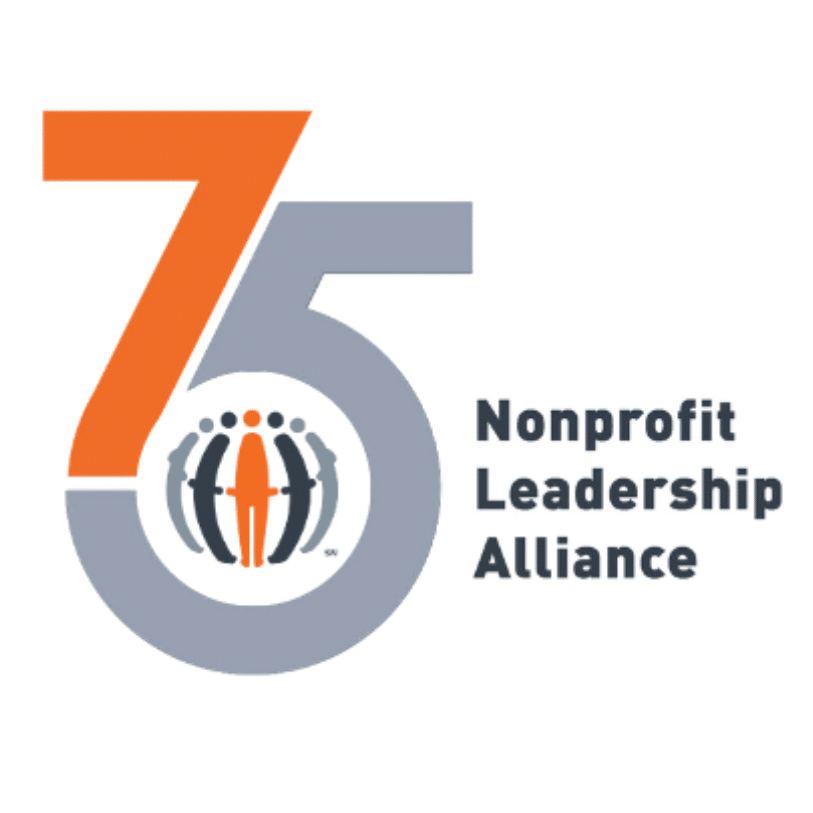As a nonprofit leader or professional, you know about the importance of having (and standing by) strong values. While your organization already does important work to further its mission, you may also prioritize meeting certain standards for sustainability.
There are so many ways to limit your organization’s carbon footprint, from recycling waste to choosing eco-friendly fundraising ideas. A simple way to limit your nonprofit’s impact on the planet is to make the switch to online documents and files. You can also take a paperless approach for documents like waivers to reduce printing and paper waste during events or fundraisers.
In this guide, we’ll explore the basics of practicing sustainability as a nonprofit and how you can make the switch to digital waivers:
- Why should nonprofits prioritize sustainability?
- How can you get started with digital waivers?
- What are some other ways to be more sustainable?
Every organization has its own reasons to focus on limiting its impact on the environment, and there may be some factors you haven’t considered yet. First, we’ll discuss some of the top reasons why nonprofits should aim to protect the environment.
Why should nonprofits prioritize sustainability?
Studies show that roughly 20% of the world’s waste comes from offices with each worker contributing about two pounds of paper, plastic, and food waste each day. Additionally, workers could create more pollution during their commute to the office.
For many nonprofits, mitigating their contributions to this waste is reason enough to adopt more sustainable practices. Some of the other reasons to be environmentally conscious include:
- Making a positive impact. Your organization likely aims to have a positive impact on the world, but contributing heavily to pollution can make it hard to do so. Taking the time to make both simple and systemic changes to your operations will help you leave the planet in the same (or better!) condition than you found it.
- Inspiring others. Your supporters look to your nonprofit as an example of how to put their values into practice. When you set a good example, your supporters will take note of your actions and feel inspired to adopt more sustainable practices in their own households and workplaces.
- Saving money and resources. Sustainable practices often challenge you to be more frugal and thrifty. When your organization is thinking more carefully about which resources it truly needs, what could be reused, and what can be purchased secondhand, you’ll reduce your waste and lower expenses.
- Having more funding opportunities. Some grantmakers prioritize funding nonprofits that demonstrate environmental responsibility. If your nonprofit relies on grants to fund its work, making sustainable modifications to the way you operate could help you earn more of this support.
Taking a more sustainable approach could even help you market your mission and attract more support for your cause. You’ll build a positive reputation as an organization that takes its responsibility for the health and safety of people, animals, and ecosystems worldwide seriously.
How can you get started with digital waivers?
Your past experiences with waivers might be signing one before taking part in a risky or adventurous activity like bungee jumping. However, nonprofits often need signed liability release waivers from supporters. Many organizations require supporters to sign waivers prior to more physical fundraising events, such as 5Ks or walk-a-thons. Additionally, they may be used during volunteer programs to both inform the volunteers of potential risks and protect the nonprofit from potential legal issues.
Digital waivers offer even more benefits in addition to being a paperless, sustainable option. According to Smartwaiver’s guide to digital waiver software, this format can benefit your organization by:
- Being easy to manage. Instead of storing dozens (or hundreds) of paper documents in physical file cabinets, you can keep them in your waiver software’s secure database. This cuts down on the time and materials your staff members will need to store waivers. Additionally, you can quickly find any waiver in your database by using the search function to look up the signer’s name or other key pieces of information.
- Providing better supporter experiences. Unlike printed waivers, you can easily share your digital waiver online ahead of the event or activity. Your supporters can complete it from home, on their own time, and they won’t need to wait at your check-in desk when the event rolls around. You can also set up on-site waiver kiosks and scannable QR codes for anyone who forgets to sign ahead of time.
- Increasing accessibility. Because users can access your waivers early, they can take their time to truly understand the language in the waiver and get help from a caregiver. It’s also much easier to make accommodations via a digital waiver, such as increasing the font size, upping the contrast between text and background colors, and changing what language the waiver is in.
To take full advantage of these benefits, you’ll need a robust, user-friendly tool that makes it easy to create waivers and share them with supporters. Be sure to choose one that offers waiver templates and fully customizable options with signature and initial boxes, flagged questions, multimedia embedding capabilities, and parent relationship distinctions (if applicable).
What are some other ways to be more sustainable?
In addition to cutting down on paper waste by using digital waivers, your organization can make other simple, sustainable changes. Consider trying the following ideas:
- Encourage paperless donation methods. While some donors will always prefer more traditional methods like checks, try to promote digital methods like text-to-donate over paper.
- Switch to online documents and storage. Opting for online documents drastically reduces paper usage. Additionally, storing documents online can be more energy efficient because your organization won’t need to maintain well-lit, climate-controlled spaces for the files.
- Allow staff to work remotely. Daily commutes to work can add up, increasing carbon emissions and pollution. To help reduce air pollution, switch to a remote or hybrid (e.g., workers visit the office two days each week) schedule for your staff.
- Use recycled materials. If your nonprofit leverages direct mail as a part of its marketing strategy, consider using paper made from recycled materials. Additionally, make sure to recycle and reuse materials at your office as much as possible.
- Communicate with donors digitally. As eCardWidget explains, you can use eCards to communicate with donors in a variety of ways, from thanking them to encouraging them to advocate for your cause. This way, you can still keep in touch without creating paper waste.
- Prioritize energy efficiency. Set your office thermostats to sustainable temperatures and gradually replace lightbulbs with LED lighting as needed. Remind staff to turn off lights and appliances when not in use to save energy.
While a change like opting for digital waivers may feel small or insignificant, it can make a difference. Keep in mind that you’ll be preventing many pounds of paper waste over the years and setting an example for your supporters and staff.
In addition to having a net-positive impact on the planet, taking these steps to be more sustainable can help build your reputation as an environmentally-conscious organization. Digital waivers will also save your organization time and money while being more accessible to your supporters. Once you’ve taken this small (but effective) step toward being a more sustainable nonprofit, you can move on to larger-scale changes like using renewable energy sources or embracing remote work to limit travel.
Did you enjoy this story?
Get nonprofit tips and tools delivered right to your inbox by joining The Nonprofit Leadership Alliance Newsletter. Our bimonthly newsletter will make sure you know what’s happening with our network of social sector leaders.
9 Essential Nonprofit Management Skills & Development Tips
As a nonprofit professional, you understand that investing in your staff is the best way to develop your organization. These changemakers are on the ground floor pushing initiatives forward, so you want your work environment
3 Nonprofit Tips to Secure Effective Corporate Partnerships
Your nonprofit has plenty of responsibilities to manage, from planning fundraising events to organizing community programs. If you’ve found yourself wishing for an extra support system, we’ve got the solution for you. Corporate partnerships with
Uplifting Middle Tennessee: Nicole Olivia Rose’s Dedication to Nashville
In the heart of Nashville’s nonprofit sector, you can find Nicole Olivia Rose, CNP (Certified Nonprofit Professional). This exclusive interview gives us a peek into her inspiring career journey and the profound impact one individual



